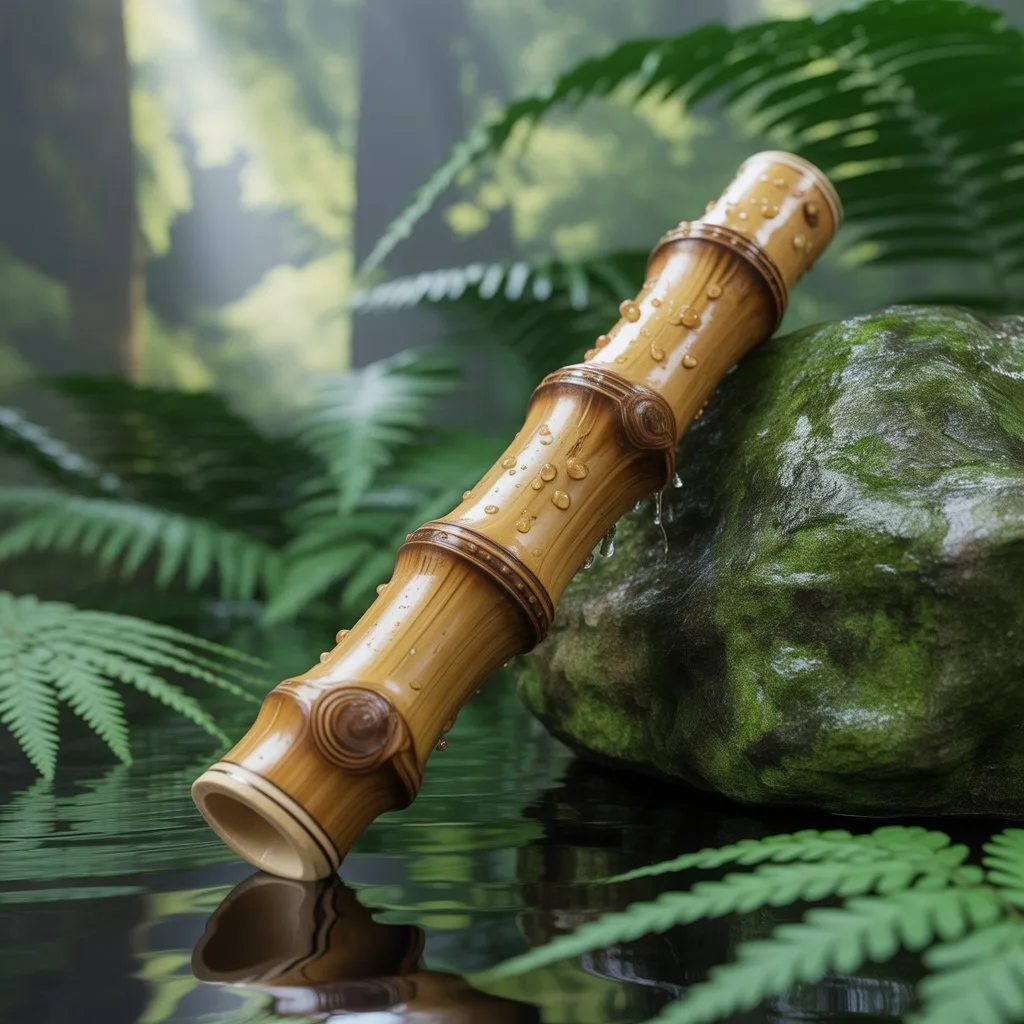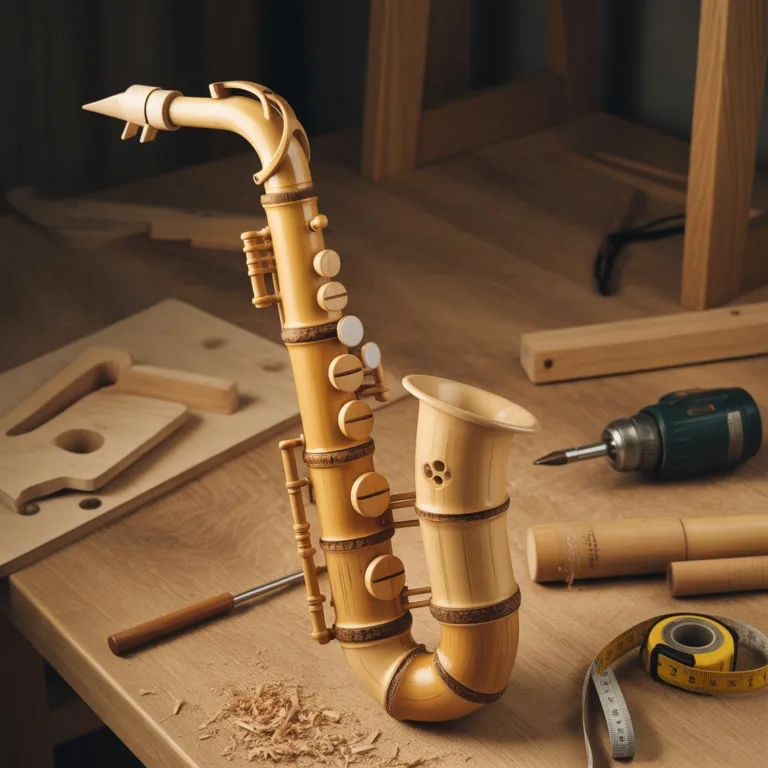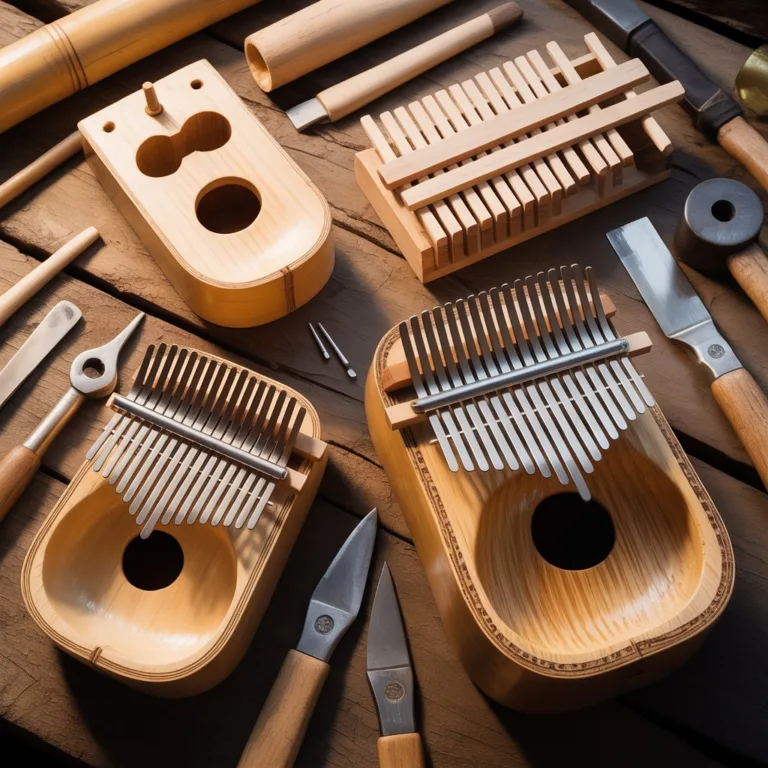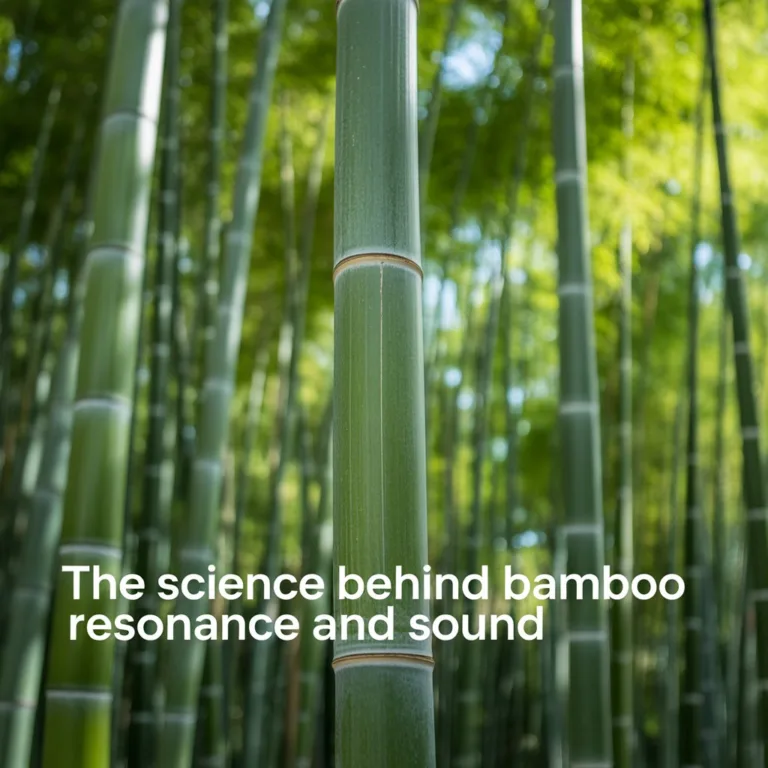There’s something profoundly calming about the sound of falling rain. The gentle rhythm and natural white noise have been used for centuries to relax the mind and connect people with the earth’s natural elements. The bamboo rainstick captures that experience in a simple, beautiful, and sustainable instrument that anyone can make or enjoy.

A bamboo rainstick produces a cascading sound that mimics rainfall, created as small objects tumble inside the hollow bamboo tube. Traditionally, it’s an instrument of both music and mindfulness — blending natural acoustics, craftsmanship, and eco-conscious creativity. Whether you’re interested in making one yourself, exploring its cultural roots, or understanding how it works, this article will guide you through the world of the bamboo rainstick and how it harmonizes nature, sound, and sustainability.
The Origin and Cultural Roots of the Rainstick
Before diving into the modern crafting process, it’s worth appreciating the rainstick’s deep historical roots. Originating in South America — with strong connections to the Mapuche people of Chile and Argentina — the rainstick was traditionally made from dried cactus tubes. Spines were removed, then inserted into the hollow body to form a spiral pathway, with small stones or seeds placed inside. When tilted, the seeds cascaded through the interior, creating the delicate sound of rain.
Variations of rainsticks appeared in other cultures, including Africa, Asia, and Oceania. In each region, natural materials were used — bamboo, reeds, or hollow wood — showing how humans across the world shared a fascination for reproducing the sound of rain. Beyond being a musical instrument, the rainstick was often used in ceremonies or rituals meant to invoke rain or symbolize renewal and fertility.
Today, the bamboo rainstick remains one of the most popular eco-friendly versions, honoring these ancient traditions while embracing modern creativity and sustainability.
Why Bamboo Is Perfect for Rainsticks
Bamboo is a material that perfectly combines practicality and environmental responsibility. It’s lightweight, strong, and naturally hollow, making it ideal for building instruments. Most importantly, it’s one of the fastest-growing renewable resources on the planet.
Here’s why bamboo stands out:
- Sustainability: Bamboo regenerates quickly and doesn’t require replanting, making it a highly renewable material.
- Natural Acoustics: Its smooth, hollow body enhances the resonance of falling seeds or pebbles, producing a warm and soothing sound.
- Durability: Despite being lightweight, bamboo is remarkably strong and long-lasting when properly dried and treated.
- Aesthetic Beauty: The natural texture and color of bamboo lend a rustic, organic charm that suits both home décor and musical use.
Crafting with bamboo not only connects you to sustainable living but also fosters a sense of respect for the environment and traditional artistry.
Gathering Materials for Your Bamboo Rainstick
Making a bamboo rainstick is a creative project that can be done with basic tools and materials. Everything you need can usually be found around the home, at craft stores, or in nature.
You’ll need:
- A piece of dry bamboo (30–60 cm long, depending on your preference)
- Small pebbles, seeds, or grains (for the rain sound)
- Nails, bamboo skewers, or small sticks (to create the internal obstacle pattern)
- Glue or natural resin
- Wooden plugs, corks, or bamboo caps for both ends
- Sandpaper for smoothing
- Paints, markers, or natural dyes for decoration (optional)
For those focusing on sustainability, natural materials like plant-based glue, organic pigments, and recycled filling elements can make your project fully eco-friendly.
Preparing the Bamboo
Before assembling your rainstick, make sure your bamboo is clean and fully dry. Fresh bamboo contains moisture that can lead to mold or cracking over time. Drying it under sunlight for several days or weeks ensures durability and better sound quality.
Once dry, smooth the surface with sandpaper. If you plan to decorate your rainstick later, this step helps paint and varnish adhere more evenly. You can also gently burn or polish the exterior to bring out the natural grain and pattern of the bamboo.
If your bamboo piece has open nodes, seal one end securely with a plug or natural cork — this will become the base of your rainstick.
Creating the Sound Chamber
The magic of a rainstick comes from the controlled descent of small particles inside the tube. To achieve this, you’ll need to create a spiral pathway that slows down their fall.
Use a thin nail or skewer to make diagonal holes along the bamboo’s length, spiraling downward. Each hole should be spaced evenly to distribute the sound effect. Insert small wooden pegs, toothpicks, or bamboo slivers into the holes and secure them with glue.
This spiral barrier creates a maze-like structure inside, ensuring that when you tilt the rainstick, the pebbles or seeds take longer to reach the bottom, mimicking the gentle rhythm of rainfall.
After securing the pegs, seal one end completely. Pour your chosen filling — sand, rice, or small seeds — into the open end. Experiment with different materials to discover how they alter the sound:
- Sand produces a soft, continuous drizzle-like tone.
- Small seeds (like quinoa or lentils) create a balanced, rain-on-leaves sound.
- Pebbles generate a heavier, more storm-like effect.
Once filled, seal the second end firmly to prevent leakage.
Testing and Adjusting the Sound
Tilt your bamboo rainstick slowly from one side to the other. You should hear the cascading, rain-like sound flowing through the tube. If it’s too quiet or too fast, you can modify it:
- Too fast: Add more pegs or use smaller grains.
- Too slow: Use fewer pegs or larger particles.
- Too dull: Adjust the amount of filling — too much can muffle the sound.
Experimenting with these details gives each rainstick a unique “voice,” just like natural rainfall patterns vary from drizzle to downpour.
Decorating and Personalizing Your Rainstick
One of the joys of creating a bamboo rainstick is turning it into a personalized piece of art. You can keep it natural, emphasizing bamboo’s organic beauty, or decorate it with patterns inspired by traditional cultures, nature, or your own imagination.
Some decoration ideas include:
- Natural finishes: Apply a light coat of beeswax or natural varnish to highlight the bamboo’s grain and protect it from moisture.
- Paints and pigments: Use water-based or plant-based paints to create geometric or tribal designs.
- Burned patterns: Carefully use a heated metal tip to etch designs into the bamboo surface for a rustic aesthetic.
- Fabric or cord wrapping: Wrap the ends or middle section with jute, hemp, or cotton string to give your rainstick a handcrafted touch.
Decorating isn’t just about appearance — it also deepens your connection to the object, turning a simple craft into a meaningful expression of creativity.
Using the Bamboo Rainstick in Daily Life
Once finished, the bamboo rainstick becomes much more than a craft project. It’s a musical instrument, a relaxation tool, and a piece of natural art that can enhance mindfulness and well-being.
Here are some ways to incorporate it into daily life:
- Mindfulness and meditation: The rainstick’s soothing sound helps calm the mind, making it ideal for yoga, meditation, or sound therapy sessions.
- Music and rhythm: Use it as a percussion instrument in performances, drum circles, or music classes. Its gentle tone complements acoustic instruments beautifully.
- Sensory activities: For children, the rainstick can be a fascinating sensory experience that teaches rhythm, sound, and the importance of recycling.
- Decorative accent: Its organic look adds a natural charm to home décor, bringing a touch of the outdoors inside.
By blending functionality and artistry, the bamboo rainstick embodies the balance between human creativity and the natural world.
Teaching with the Rainstick
Educators often use bamboo rainsticks to inspire learning in classrooms or workshops. They serve as excellent tools to teach topics like:
- The science of sound and vibration
- Sustainability and renewable materials
- Cultural traditions and global music
- Creativity through DIY and crafts
Students can explore how sound waves work, why different fillings change the tone, and how sustainable materials like bamboo help reduce environmental impact. This hands-on experience deepens understanding and makes abstract concepts tangible and memorable.
Sustainability and the Message Behind the Sound
Every time a bamboo rainstick is made, it carries a powerful environmental message. It demonstrates how natural materials can be repurposed to create beauty and joy instead of waste.
Unlike plastic toys or factory-made instruments, a handmade rainstick celebrates slow craftsmanship and mindful creation. It encourages us to value quality, nature, and cultural heritage over mass production.
Sustainable projects like these also remind us of our role as caretakers of the planet. By choosing bamboo — a renewable and biodegradable resource — you contribute to reducing plastic use and supporting eco-conscious practices.
Extending Creativity: Other Natural Sound Instruments
The principles behind the bamboo rainstick can inspire many other natural sound-making projects. For example:
- Bamboo wind chimes: Create melodic tones as wind passes through different tube lengths.
- Seed shakers: Use small gourds or dried pods filled with seeds to make simple percussion instruments.
- Ocean drums: Fill a shallow drum with beads to simulate the sound of ocean waves.
Each project combines artistic expression, sustainability, and a deeper connection with the elements.
Embracing the Rhythm of Nature
Crafting a bamboo rainstick is a journey that goes beyond making an instrument — it’s an experience that reconnects you with the soothing rhythm of the earth. The sound of cascading seeds through bamboo evokes the timeless harmony of rain, symbolizing renewal, growth, and tranquility.
In a world filled with constant noise and technology, this simple handmade instrument invites us to slow down, listen, and appreciate natural beauty. It teaches patience, creativity, and respect for materials that come from the earth.
So, the next time you hear the gentle rain-like sound of your bamboo rainstick, let it remind you of how nature, when embraced with care and imagination, can bring balance and serenity into everyday life.

Elena Mora is a creative educator and eco-craft enthusiast who specializes in bamboo musical instruments and sustainable toys for children. She believes that hands-on learning through play teaches kids about creativity, music, and environmental responsibility.



